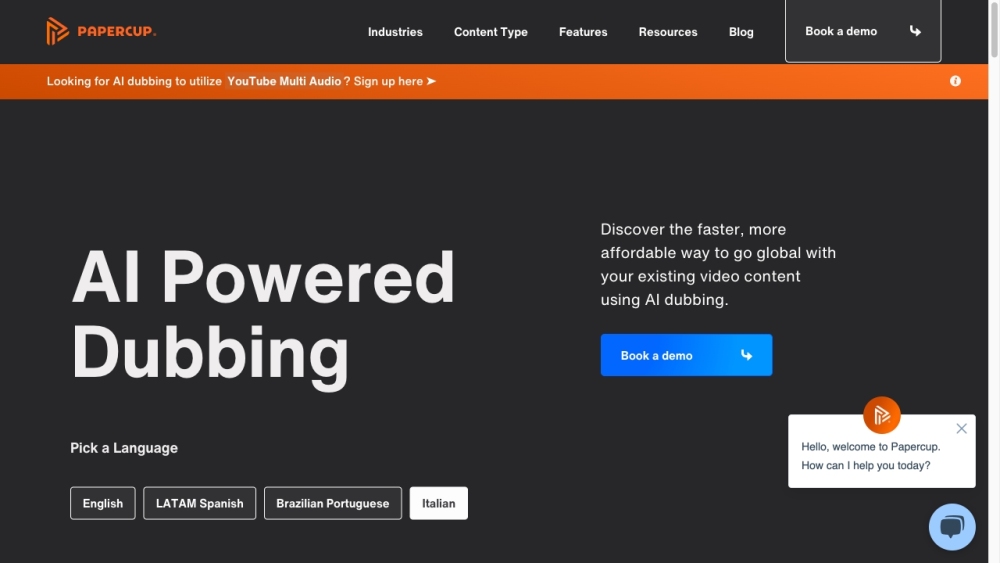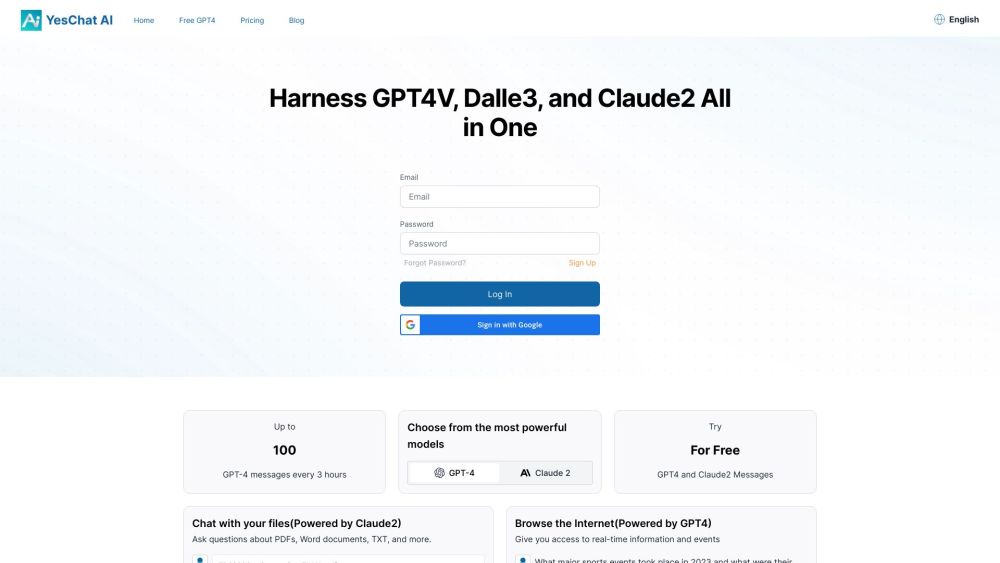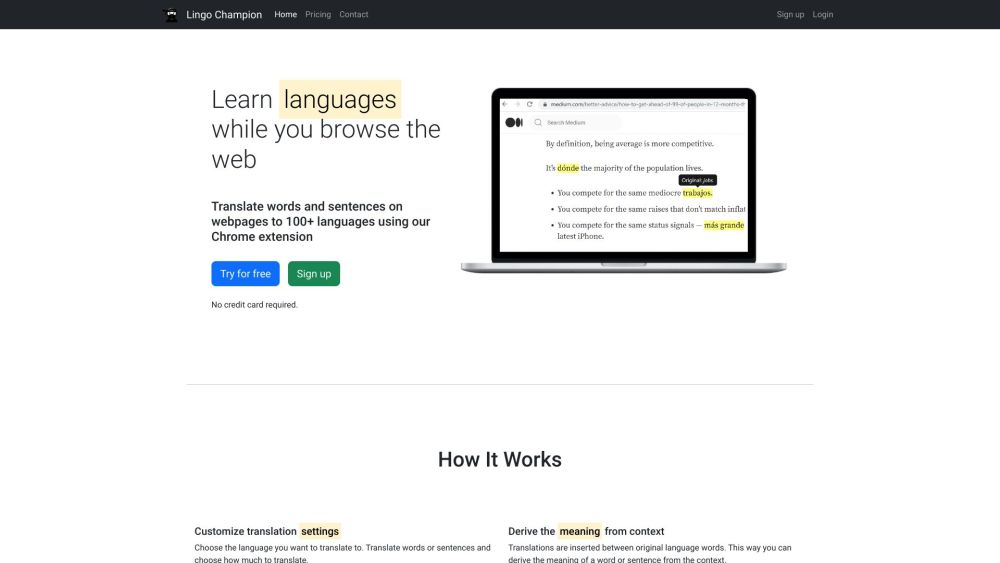OpenAI GPT Store Faces Quality and Compliance Crisis: Rising Concerns Over Copyright Infringement and Low-Quality Content
Most people like

Papercup revolutionizes video translation by providing automated, human-like voiceovers in various languages. Transform your content effortlessly and reach a global audience with our cutting-edge technology.

Explore the power of advanced chatbots driven by Claude 2, offering dynamic and engaging conversations at no cost.

Discover an AI-powered chatbot assistant designed for instant answers and seamless writing support. Whether you need quick information or help enhancing your writing, our intelligent chatbot is here to assist you at any time. Experience the convenience of having a reliable virtual assistant that caters to your needs!
Find AI tools in YBX
Related Articles
Refresh Articles

